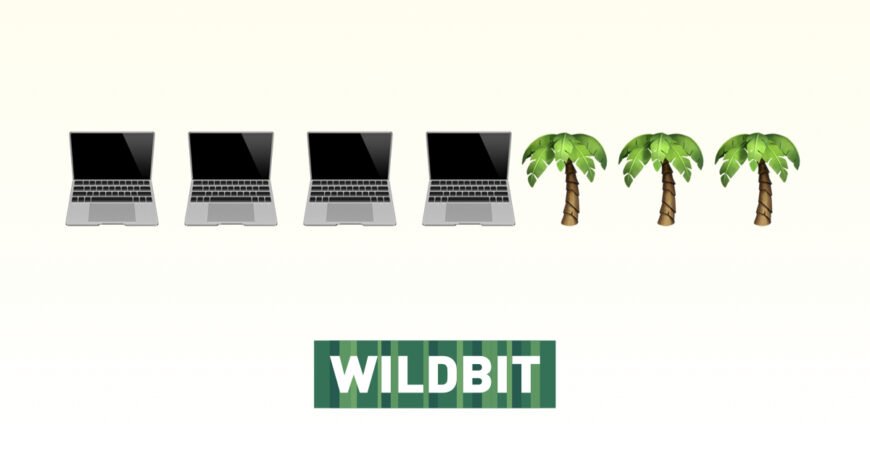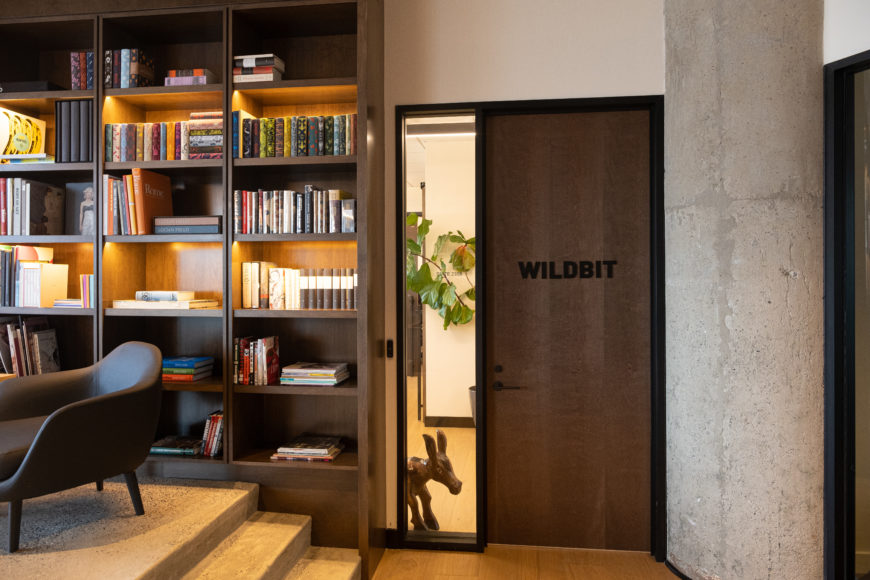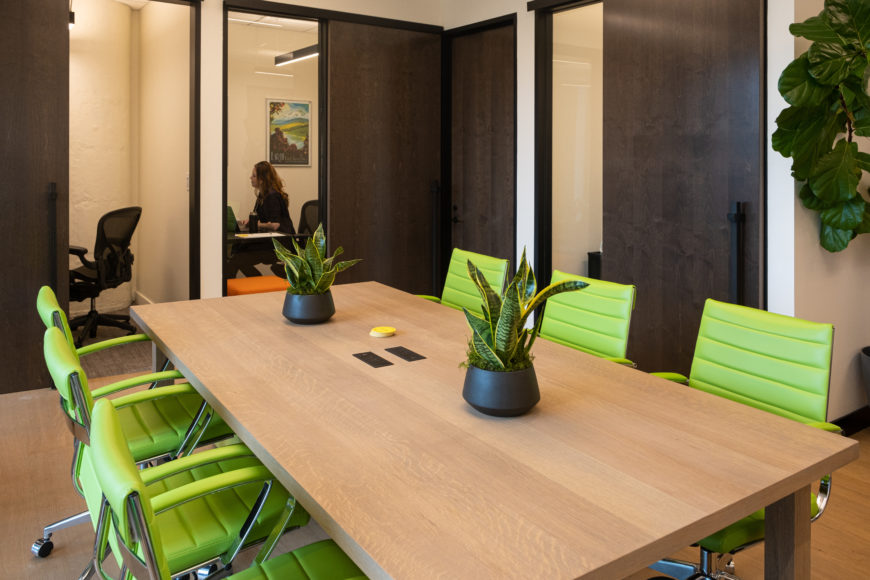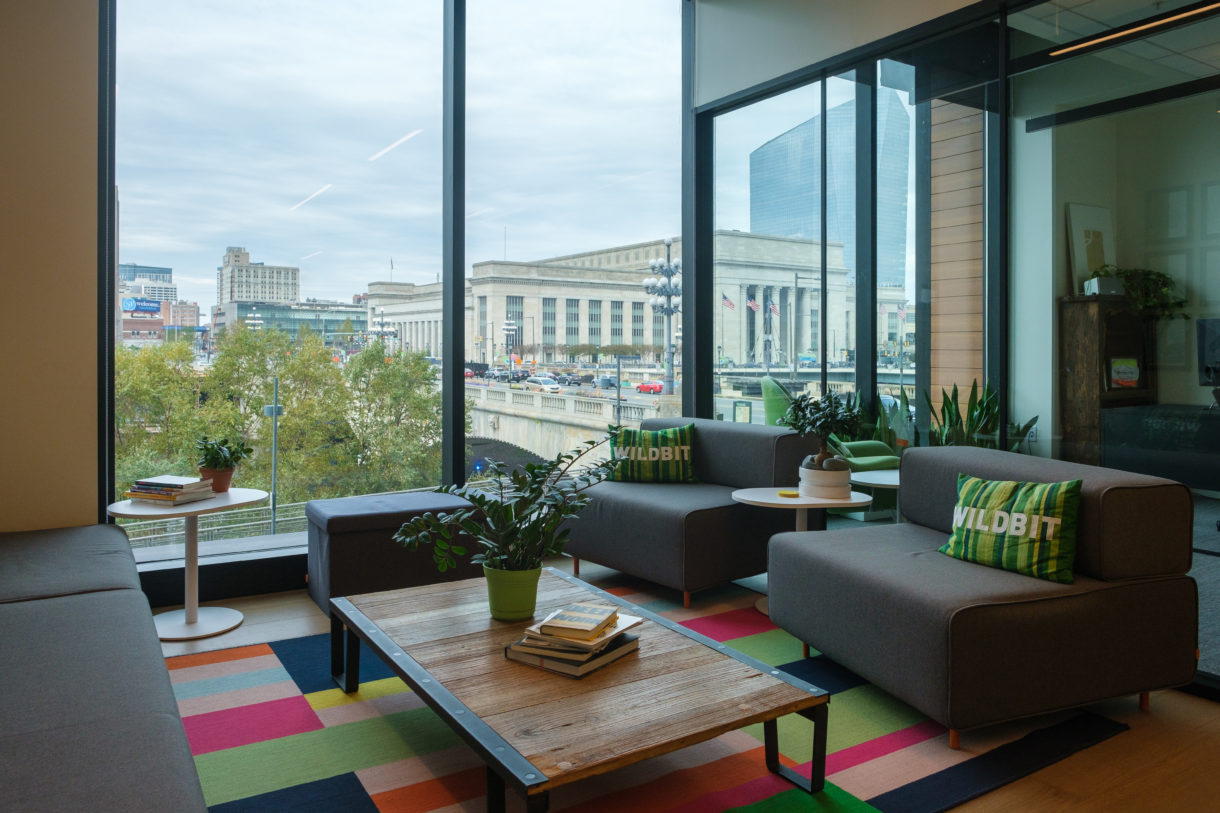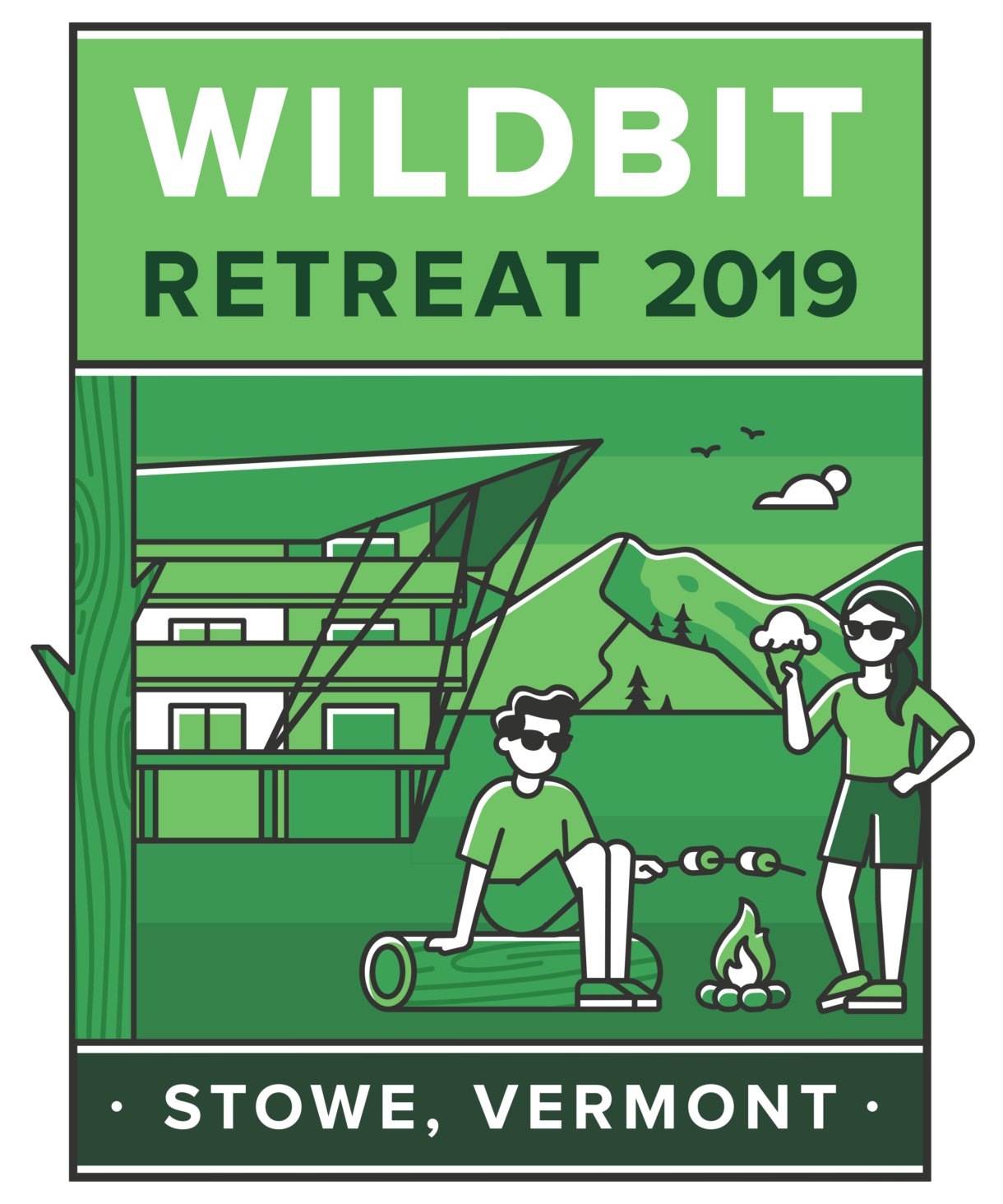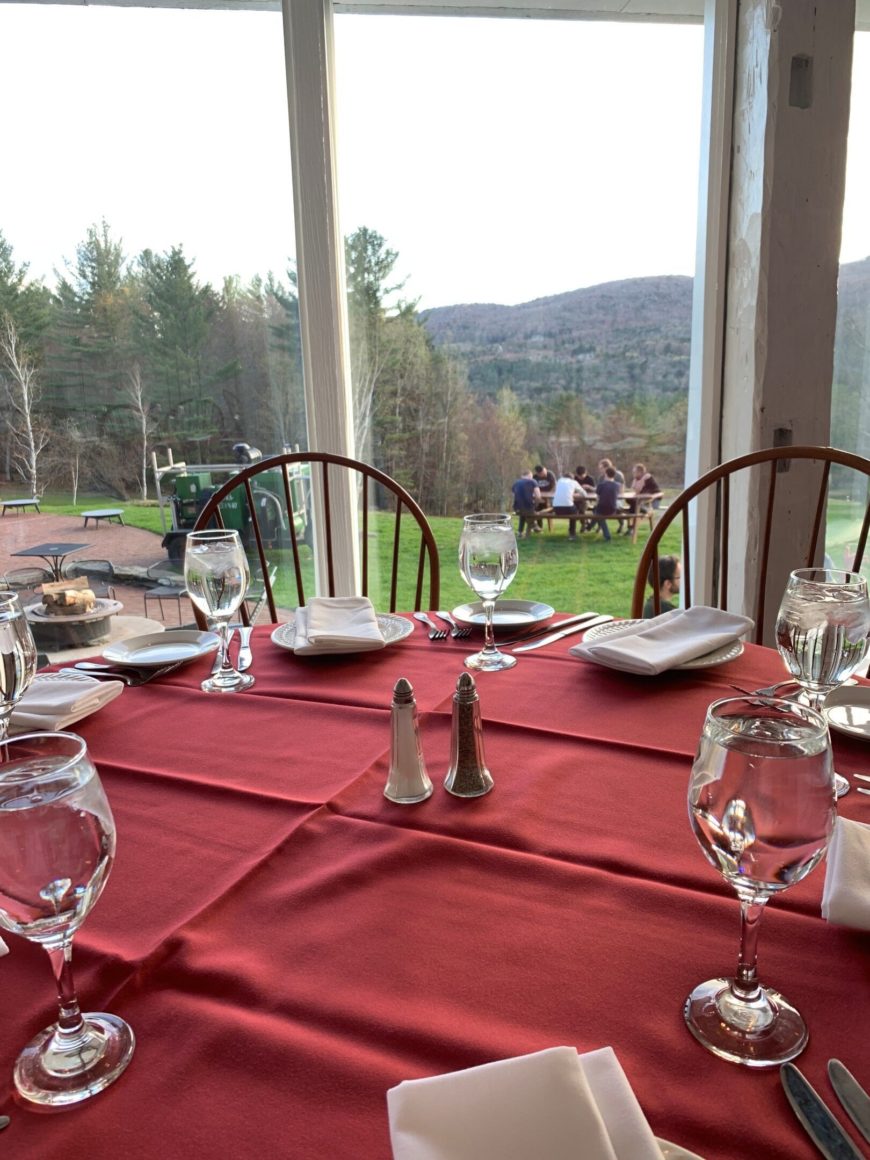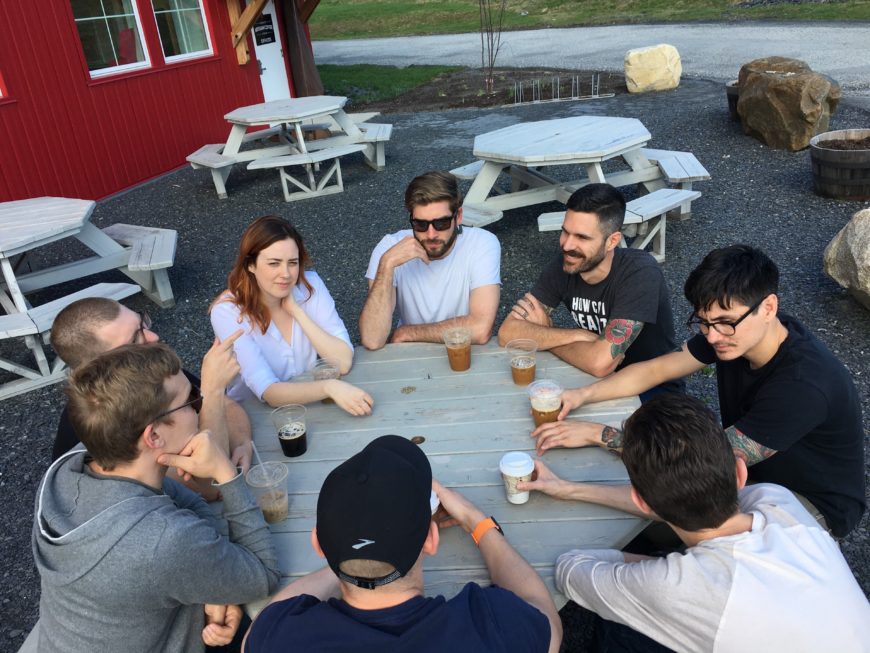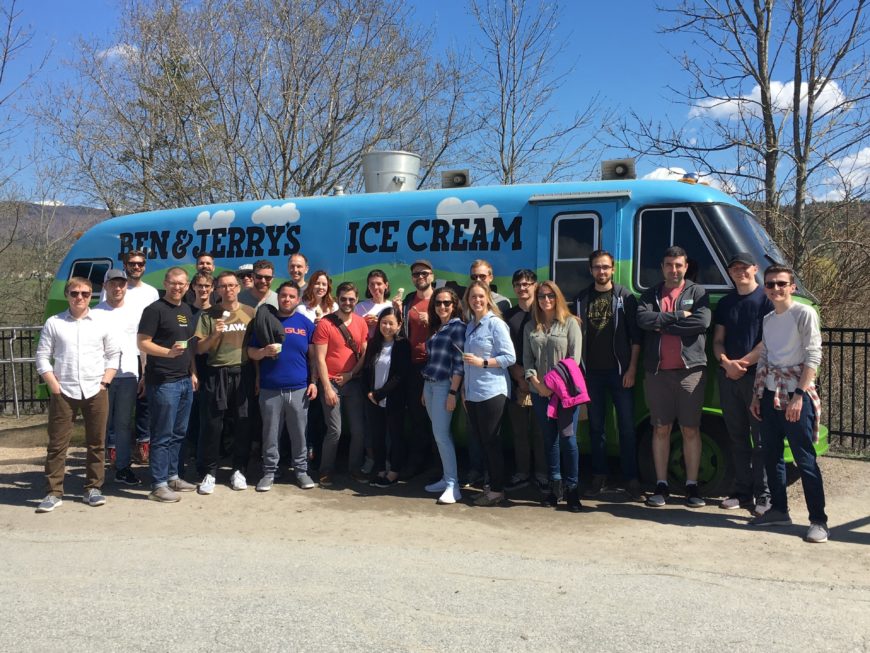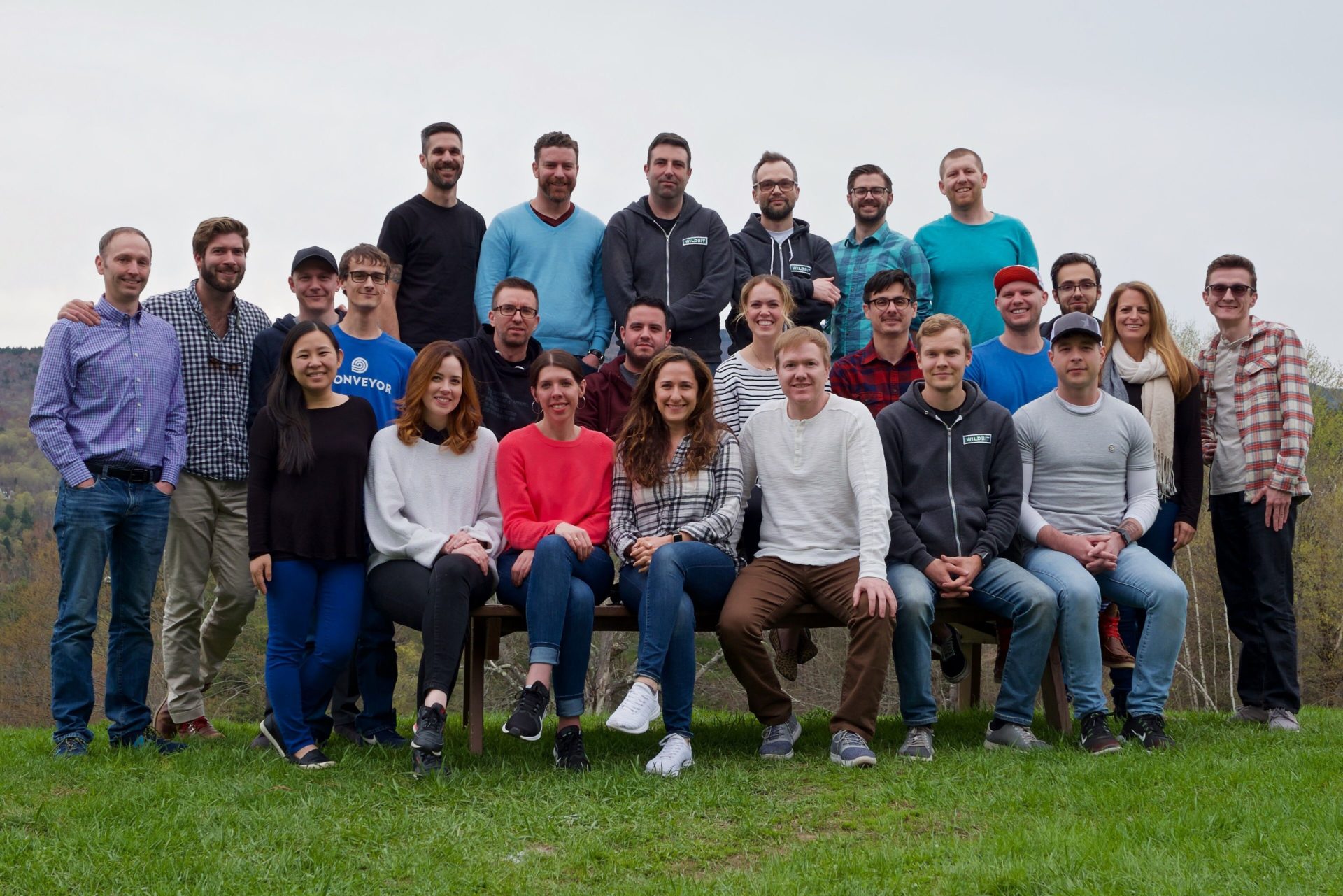
It all started from this Slack message...
After a few of us read the article, we thought it a good idea to invite Rand for a follow-up chat with our CEO and co-founder Natalie Nagele. We like to talk about the small details that build a big business, and we particularly like to do so in public, where our audience can ask questions that help us dig deeper.
Rand came over on February 9th. If you missed the conversation or would like to watch it again, click play below (the video is split into chapters if you want to skip to the bits you care about) ↓
📚 Links and resources from our panelists
- Rand’s book, Lost and Founder
- Natalie’s guide to deep work at Wildbit
- People-First Jobs
- SparkToro
- Cal Newport, Deep Work
- Bo Burlingham, Small Giants
💡 Highlights
1. Hustle work is never ‘done’
Rand: “To me, hustle has always meant working hard for the sake of work; that it is respectable, and impressive, and important, and valuable to work many long hours because working long hours is a goal in and of itself. It is not the outcome that one is seeking, but rather the practice of it. [...] I absolutely shared those beliefs and followed, and worshiped, and was in awe of many of those people who wore their hard work and long hours as a badge of honor. I have slowly, over time, opened my eyes to the reality that maybe this is not true: and now in the last few years, I’ve come around to the idea that I think it’s a problematic at best, pernicious myth.”
Natalie: “With hustle culture, there’s no end. There’s no ‘done’. There’s no ‘enough’. In the context of focus work, hustle culture creates this perception that it’s never done, which also adds a lot of anxiety to our culture.”
2. Deep work is fulfilling but tiring work
Natalie: “To me, [doing] deep work and getting in a flow state is magical because you’re using your superpower, you’re able to accomplish something, and your mind wants that. It’s beautiful—but it should exhaust you, and it probably does. And usually, if you do 2 hours of really good deep work, you [then] need to take a break, take a walk. To me, that’s why it’s hard: it’s hard on your body, on your mind. It’s like you’ve used up a lot of energy, like powerful energy in your body and your mind.”
“Newport’s book [Deep Work] talks a lot about the capacity of your brain to do deep work; and the capacity taps out at about 4 hours a day […] versus the alternative, which is react[ing] to things all day long. We’re using a different part of our brain. We are probably exhausted, but it’s from distraction, it’s from multitasking, it’s from too many inputs that don’t align. And it’s not as fulfilling, because we didn’t actually do anything that used a flow state.”
3. Data can help convince managers of the value of deep work
Rand: “How do I embrace [deep work and chill work] practically myself, and then try and convince other people that I work with: my boss, team, client, et cetera? One of the best ways to do it is to present conversations like the one we’re having. There is an incredible amount of data out there that shows that you do your best work in this deep state of flow, that 4 hours a day is the maximum for that, that if you are well-rested and emotionally happy and feeling psychologically safe, the quality of your decision-making and the quality of your work goes up massively.”
Natalie: “In most cases, your boss cares about output. So if you can, change the narrative from ‘hours’ or ‘response times’ to what are we trying to accomplish here? There are conversations to be had. I think sometimes it’s really hard, especially in larger organizations, to try to change the entire culture of the organization; there’s some value in trying to find small iterations of that, to just start to show that deep work works, that being ’on’ all the time isn’t necessary.”
“Your boss would be really surprised when they found out how much time you don’t spend doing work that you’re getting paid for. Nobody hired you to check email—I don’t think any of us had a job description that says email checker. You’re hired because you’re a software developer, designer, a writer. That’s your unique ability. That’s what they’re paying you for.
One of my favorite ways is to start recording your time: record your hours for two, three, four weeks, and hand that to your boss. When they start to see that it’s 70% meetings, 20% email checking, and 10% maybe getting the actual projects done, they can quantify that math really fast, and you’ve just became a really expensive robot. And they don’t want that.”
4. Focus is crucial to deep work and flow—especially in a remote-first setting
Rand: “I try and find a time, place, and position where I know that I do my best work—which is generally here in this office, which is out back in my house. I have my email not open, and I’m just in whatever state of flow I need to be in, and I concentrate on it. And in the first 15 minutes, if I can’t get into that state of flow, I will go do other work, clear out my backlog, and try to come back to that big project later.”
Natalie: “I schedule it, so it has to happen. Cal [Newport] talks about this a lot. There’s different ways to do it, but I’ll schedule deep work on my calendar; I know myself enough to know the hours of the day and the meeting that comes before and after, and what that means.”
Rand: “When you switch to a remote-first work environment and a distributed team approach in many time zones, you as the leadership team or the manager or the person who’s doing the work has to build a structure that does not require time-sensitive collaboration. Your job is to design projects that are useful and valuable to the business, that don’t require the same hours from people. And this also is a key to deep work—because you can almost never have multiple people deep-working, same time, same time zone. And that flexibility creates a lot more mental health opportunities for people who like to work out in the morning, or got to pick up kids from school early, and so on.”
5. Why we should talk about work-life integration
Natalie: “I’ve thought a lot about work-life integration, more than work-life balance. If you have fulfilling work, where work-life balance falls apart is that it tries to create really strict walls around work and really strict walls around life. And what that does [...] is it creates an artificial sense of rest, and then it forces a strict work period.”
“What we’ve tried to do instead is create an environment for fulfilling work—it may come at a point where it’s 8:00pm and you’re really inspired and got excited about something and want to work: that’s okay. And then come in later the next day, take a rest, pick up your kid from work, go do a two-hour bike ride [...]. It’s not forcing one versus the other.”
6. What makes a company people-first:
Rand: “I think this is when the leadership and the structure of the organization care more about the long-term health, and happiness, fulfillment, quality-of-work that the team does, than it does about raw financial or economic growth. And I think that weirdly enough [...] if you prioritize people, very often you end up doing better at the economic and financial growth. It’s kind of awesome because you can prioritize the thing that, if you are a human being who cares lots about other human beings and less about the quantity of capital in your bank account, you can do the right thing and also increase the quantity of capital in all the bank accounts. You can do both. That’s the important message. Both can be accomplished.”
]]>